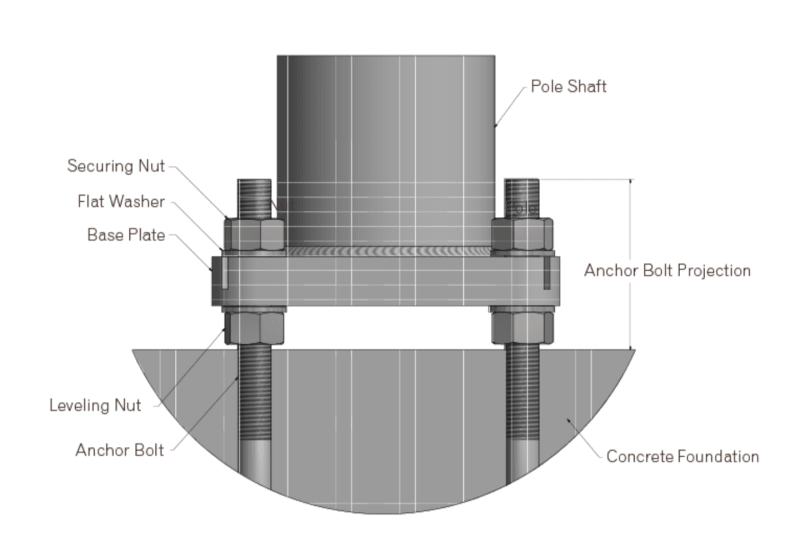[quote="I'd like to be remembered as an innovator," Rush told vlogger Alan Estrada in 2021.][/quote]
More likely he'll be remembered as a Darwin award winner...
-----*****-----
So strange to see the singularity approaching while the entire planet is rapidly turning into a hellscape. -John Coates
-Dik
More likely he'll be remembered as a Darwin award winner...
-----*****-----
So strange to see the singularity approaching while the entire planet is rapidly turning into a hellscape. -John Coates
-Dik


